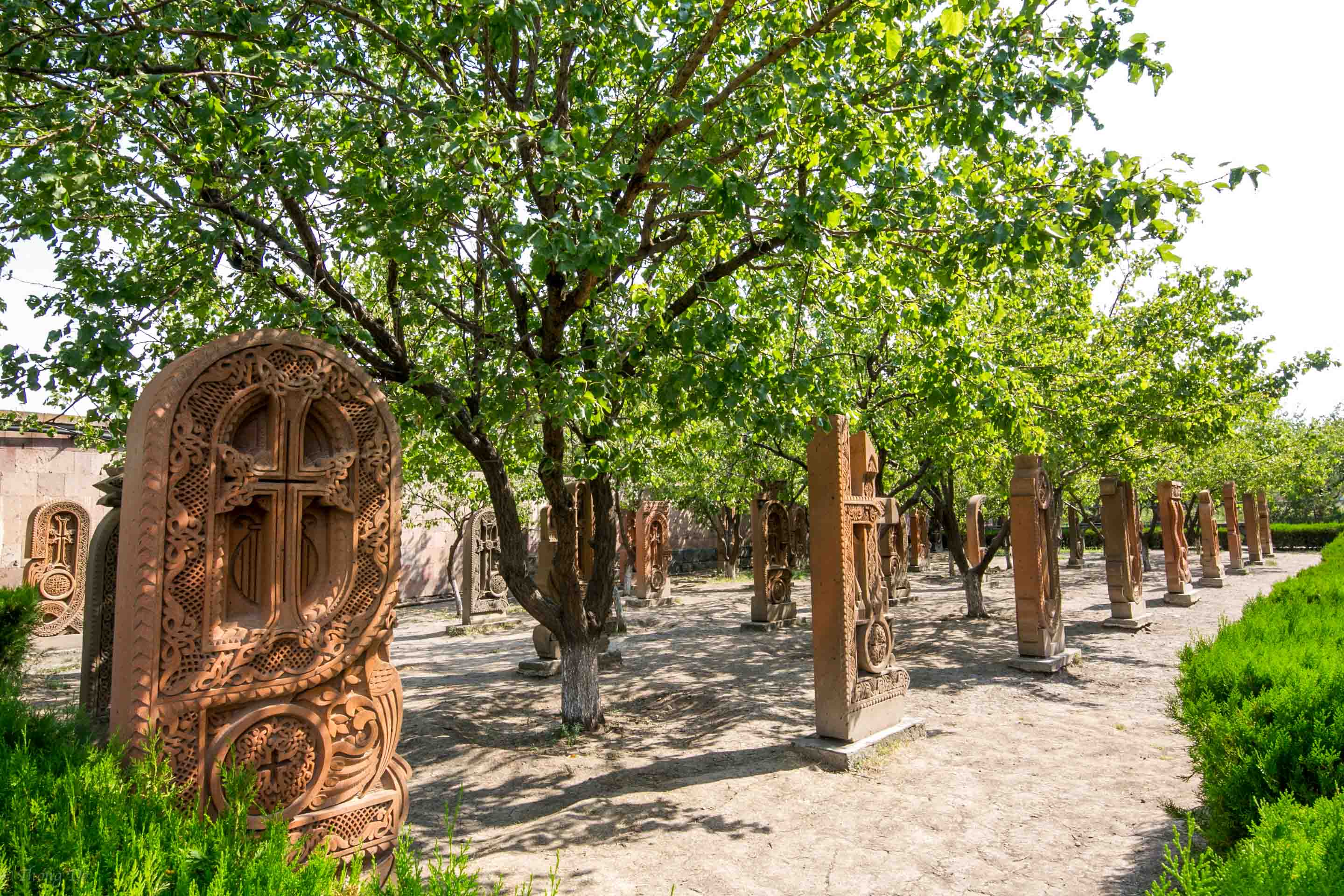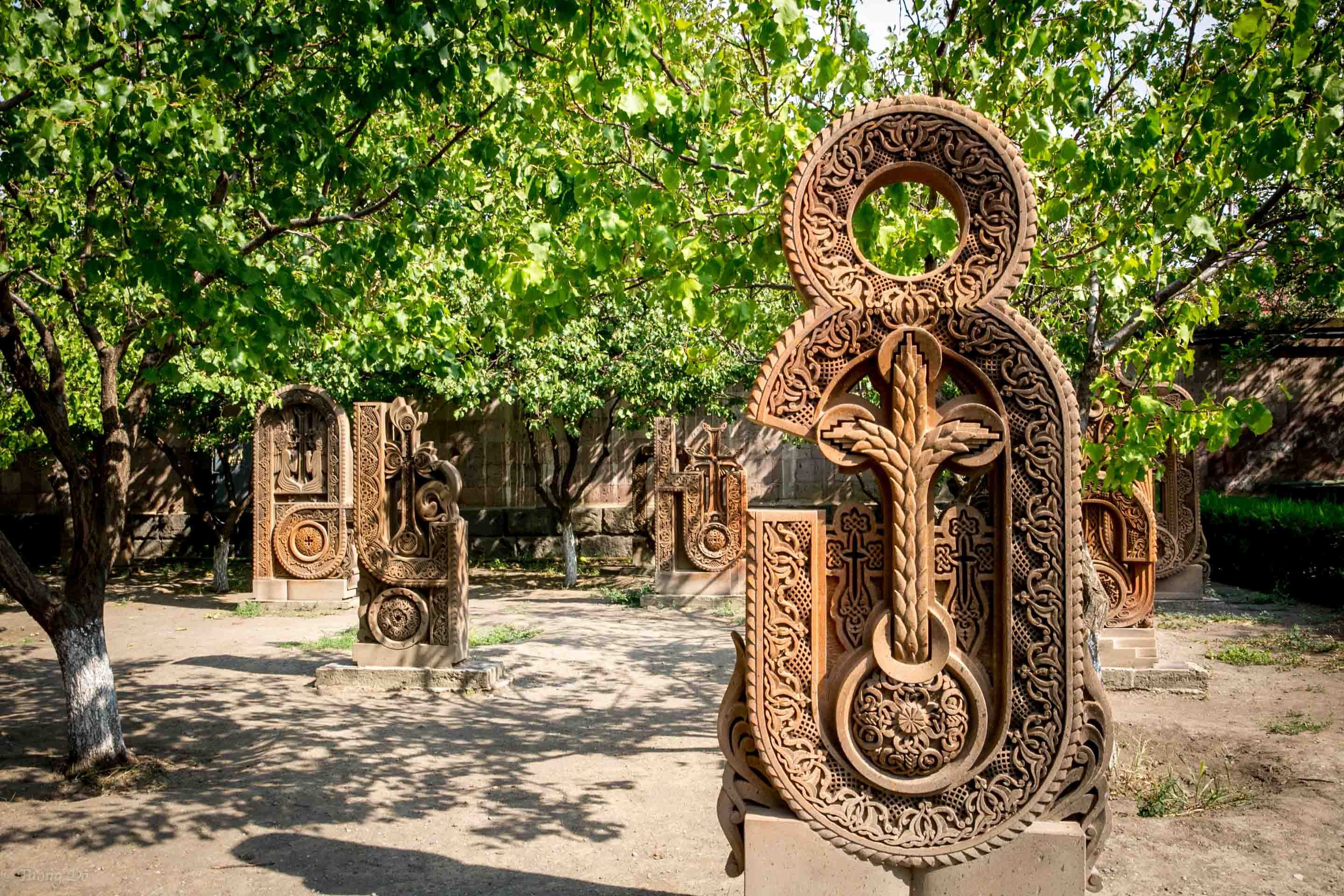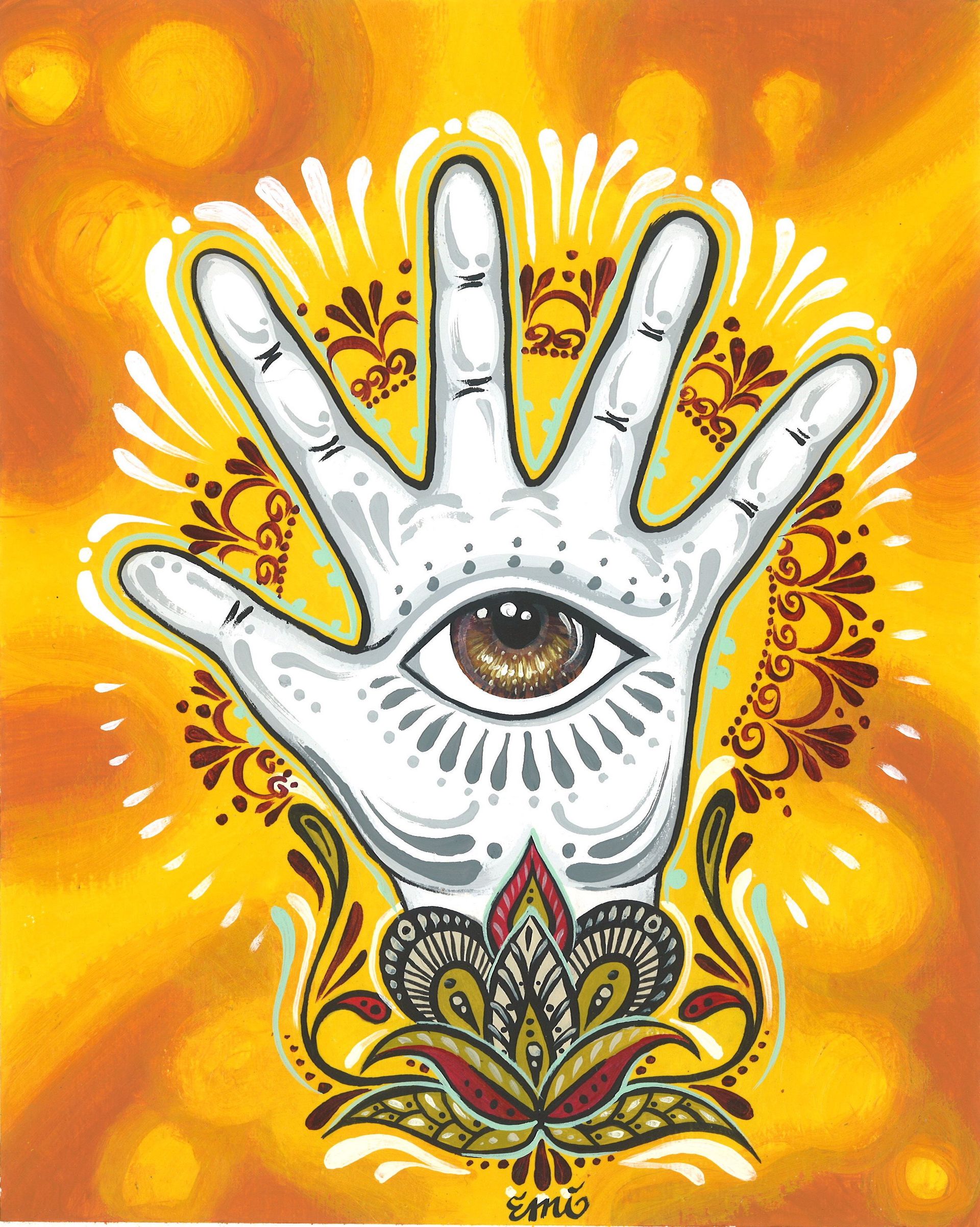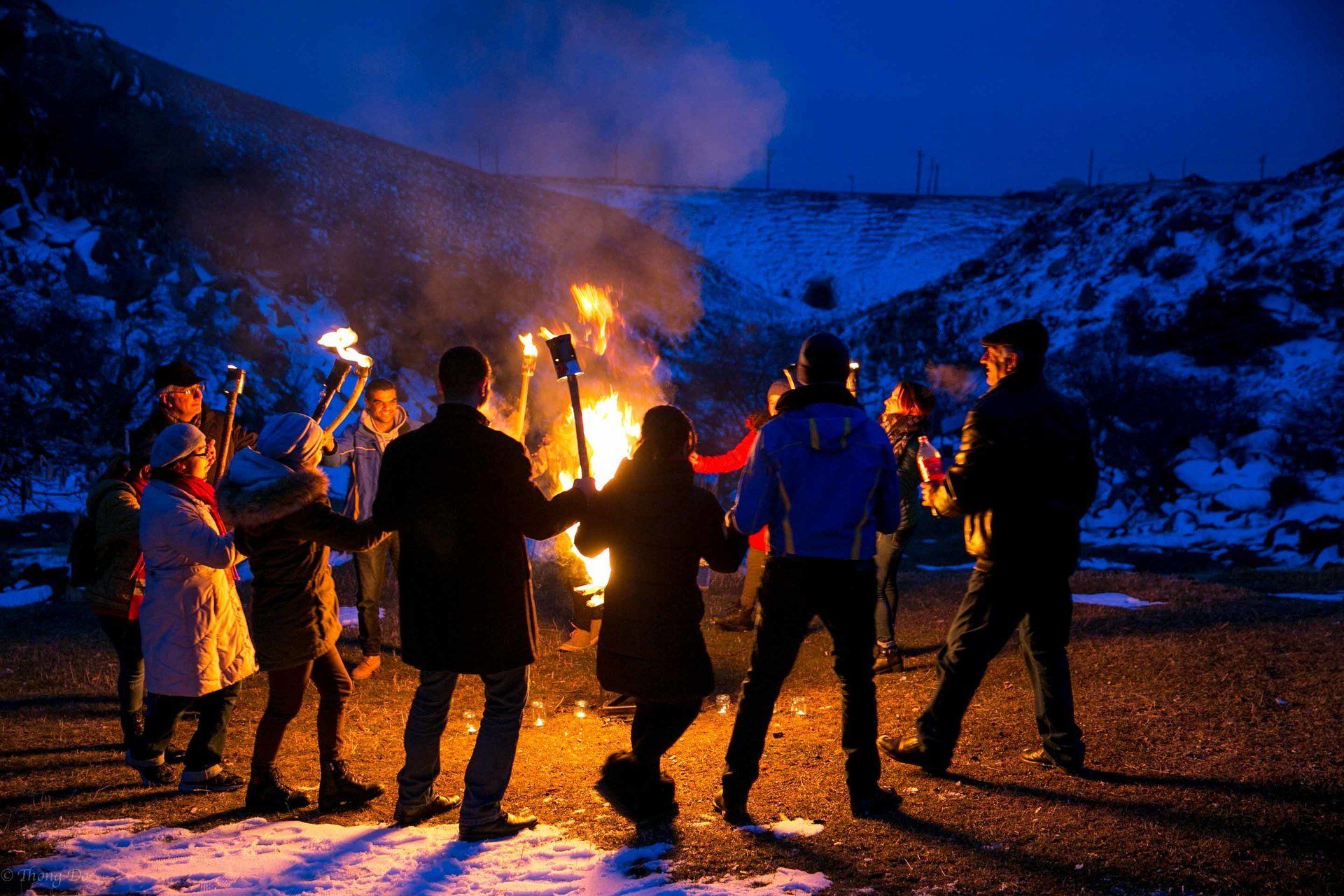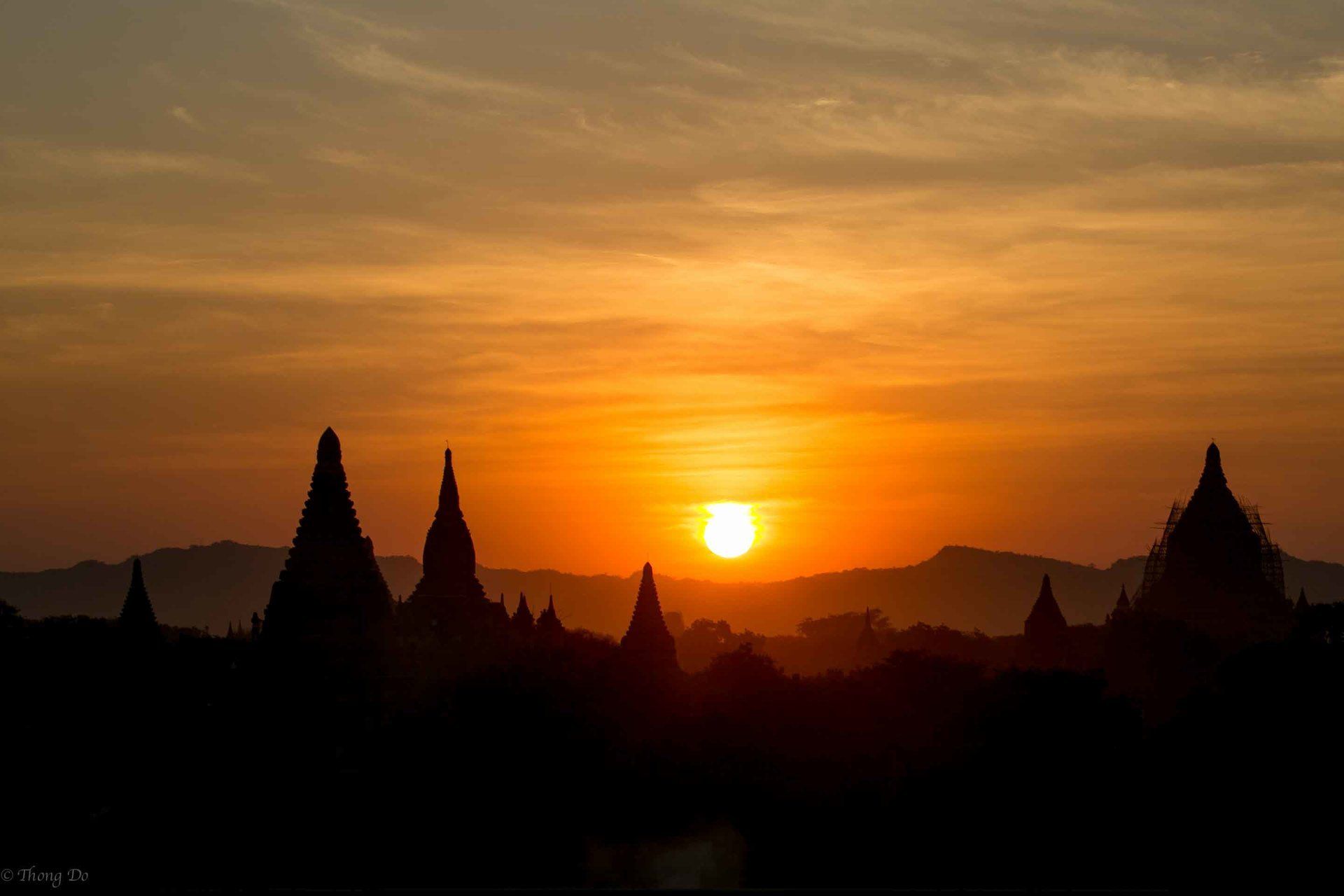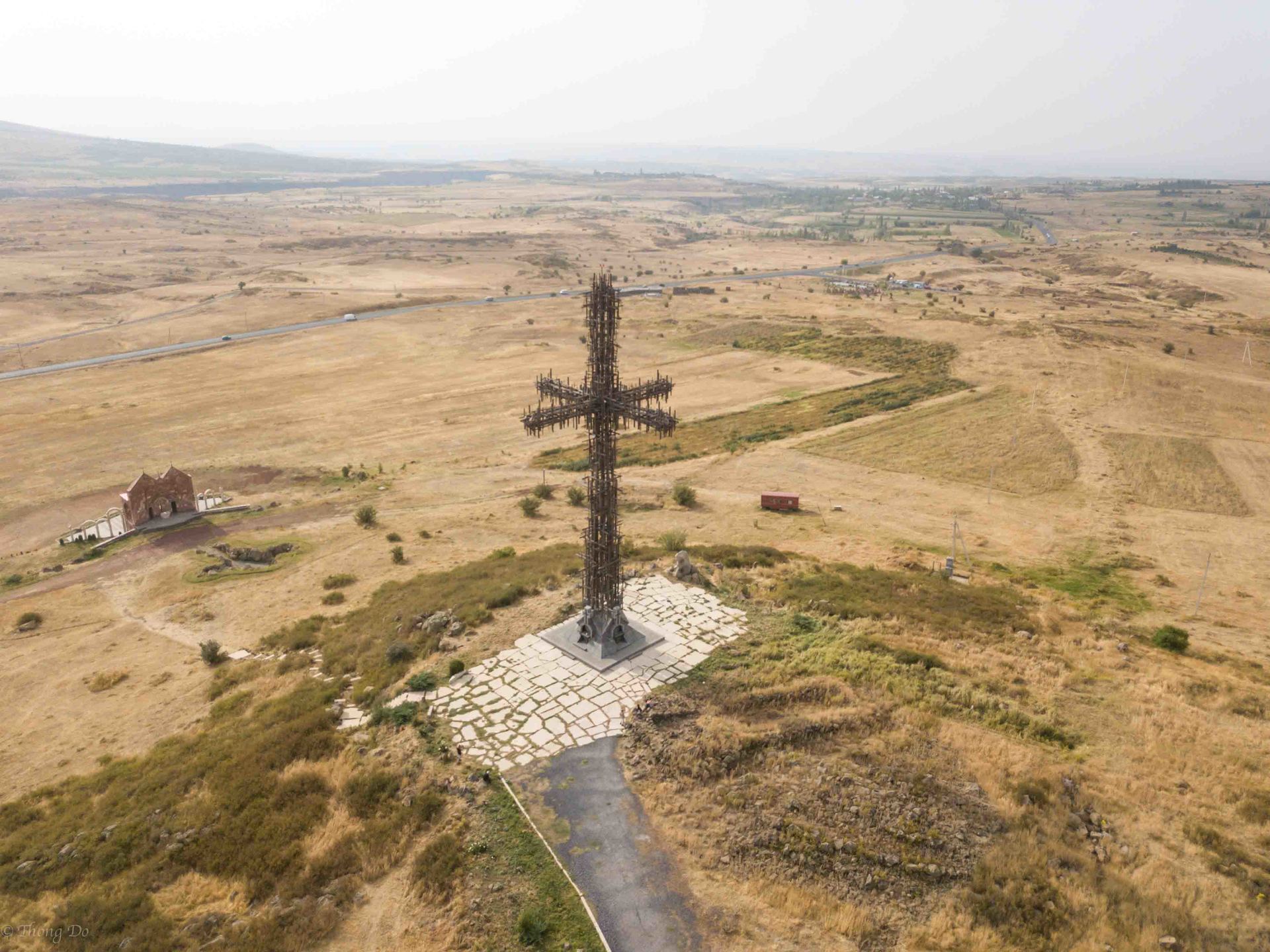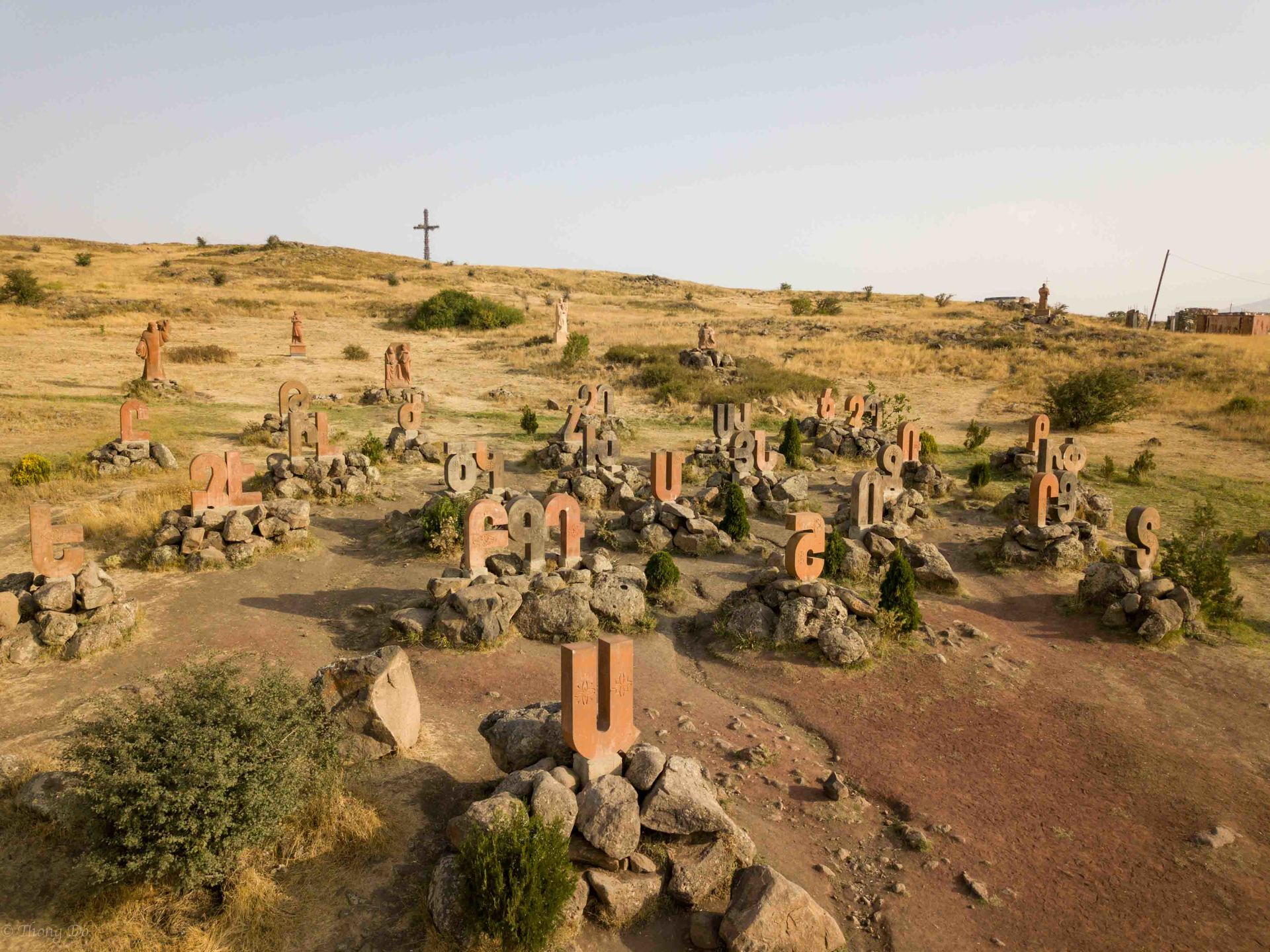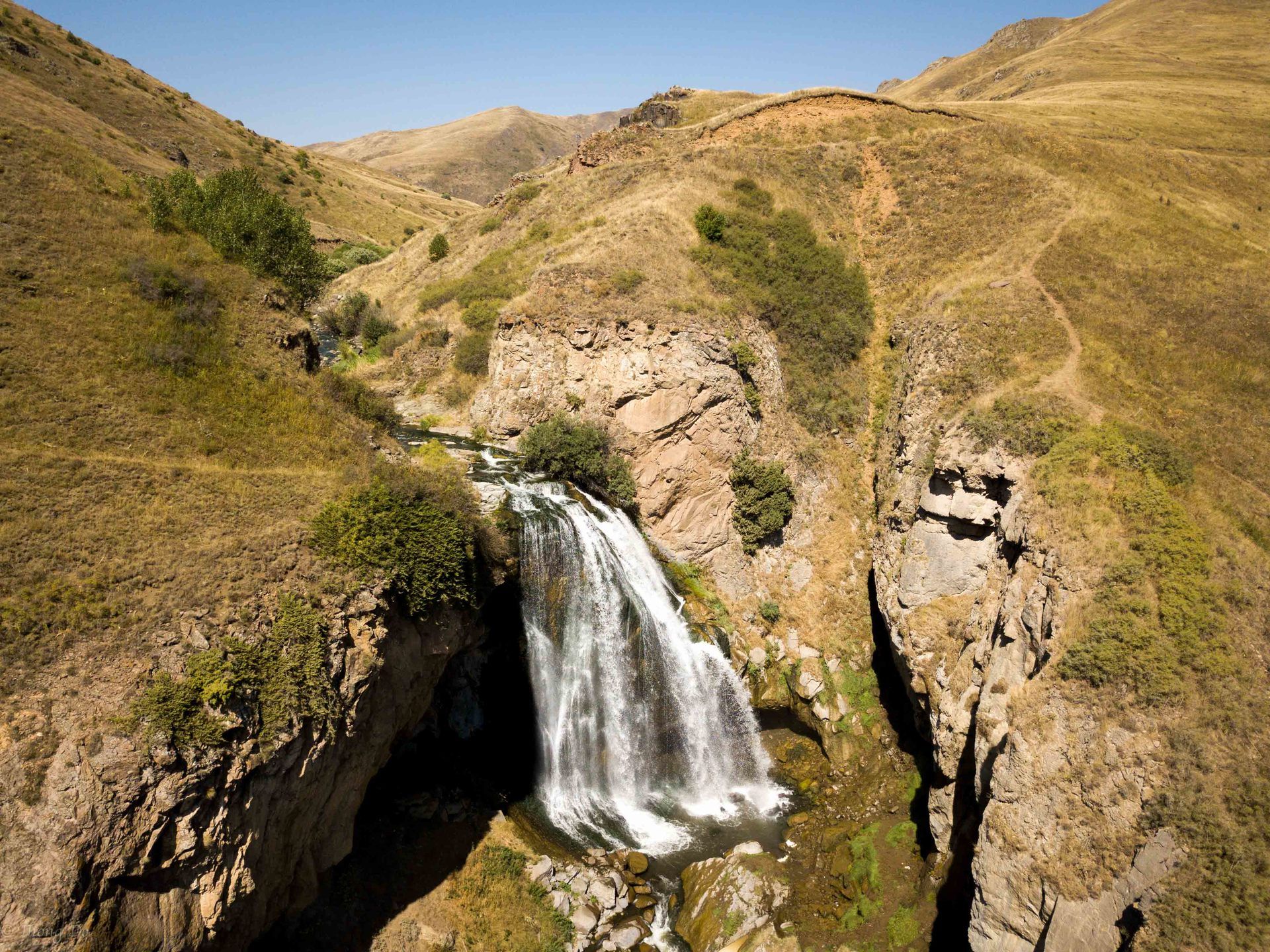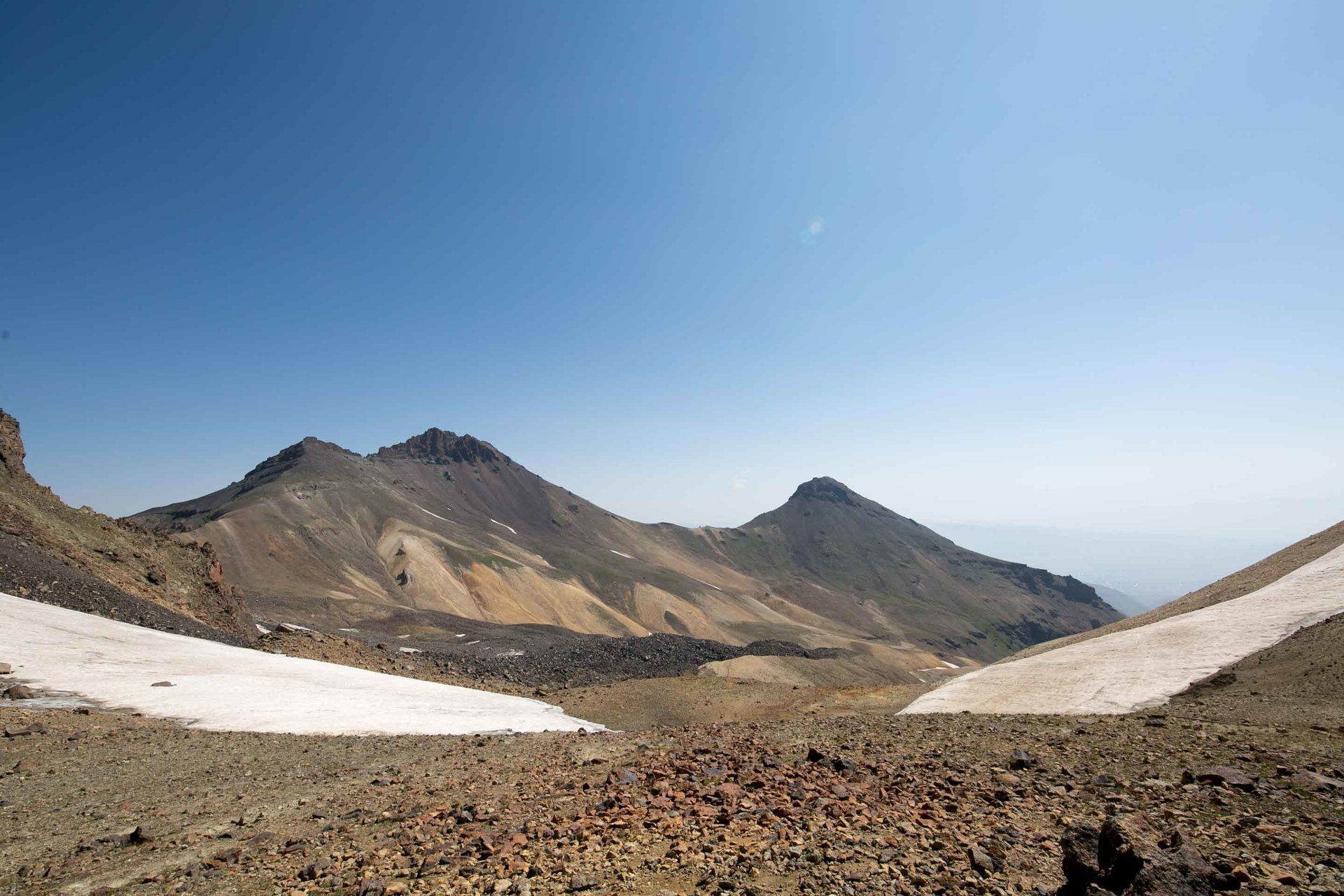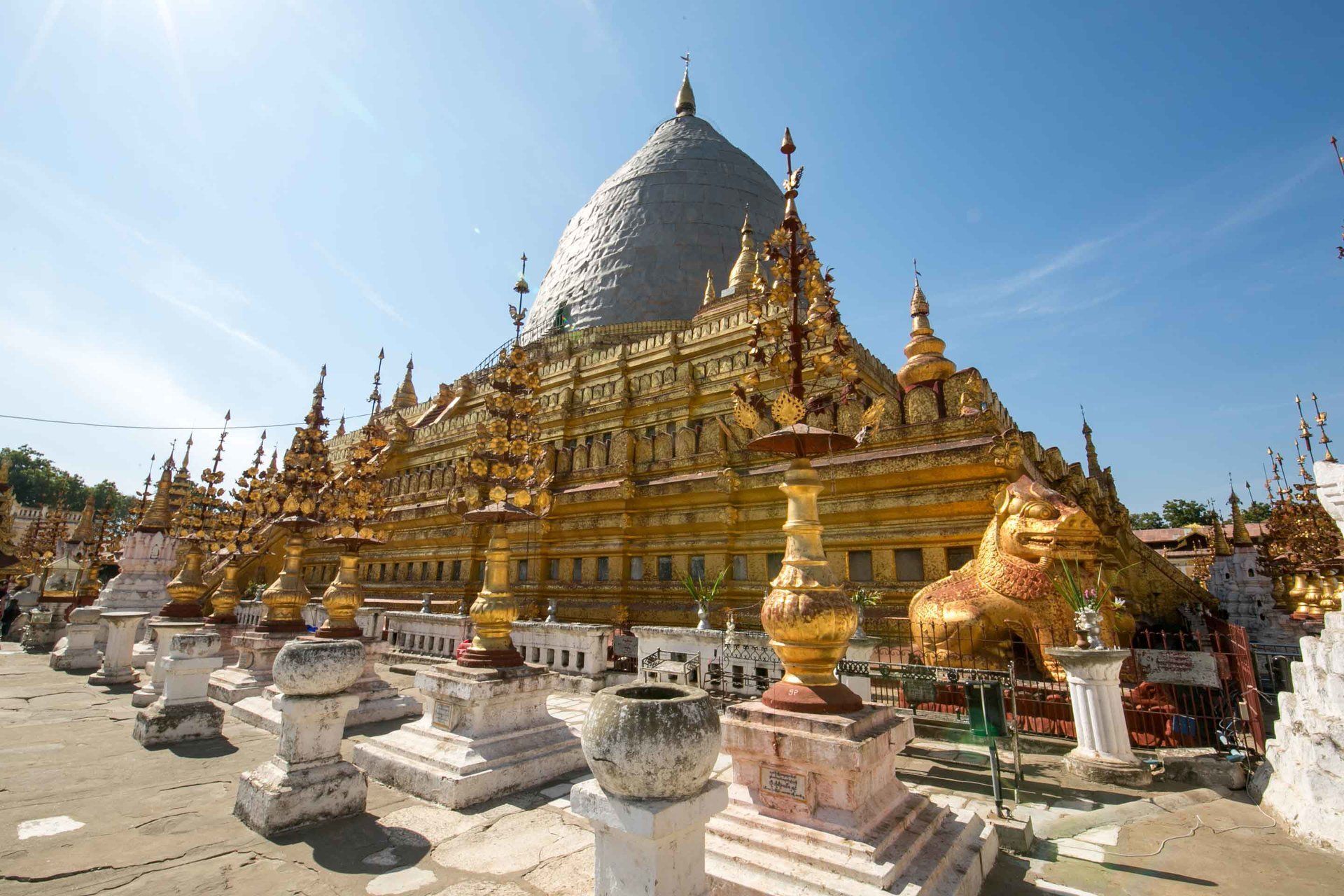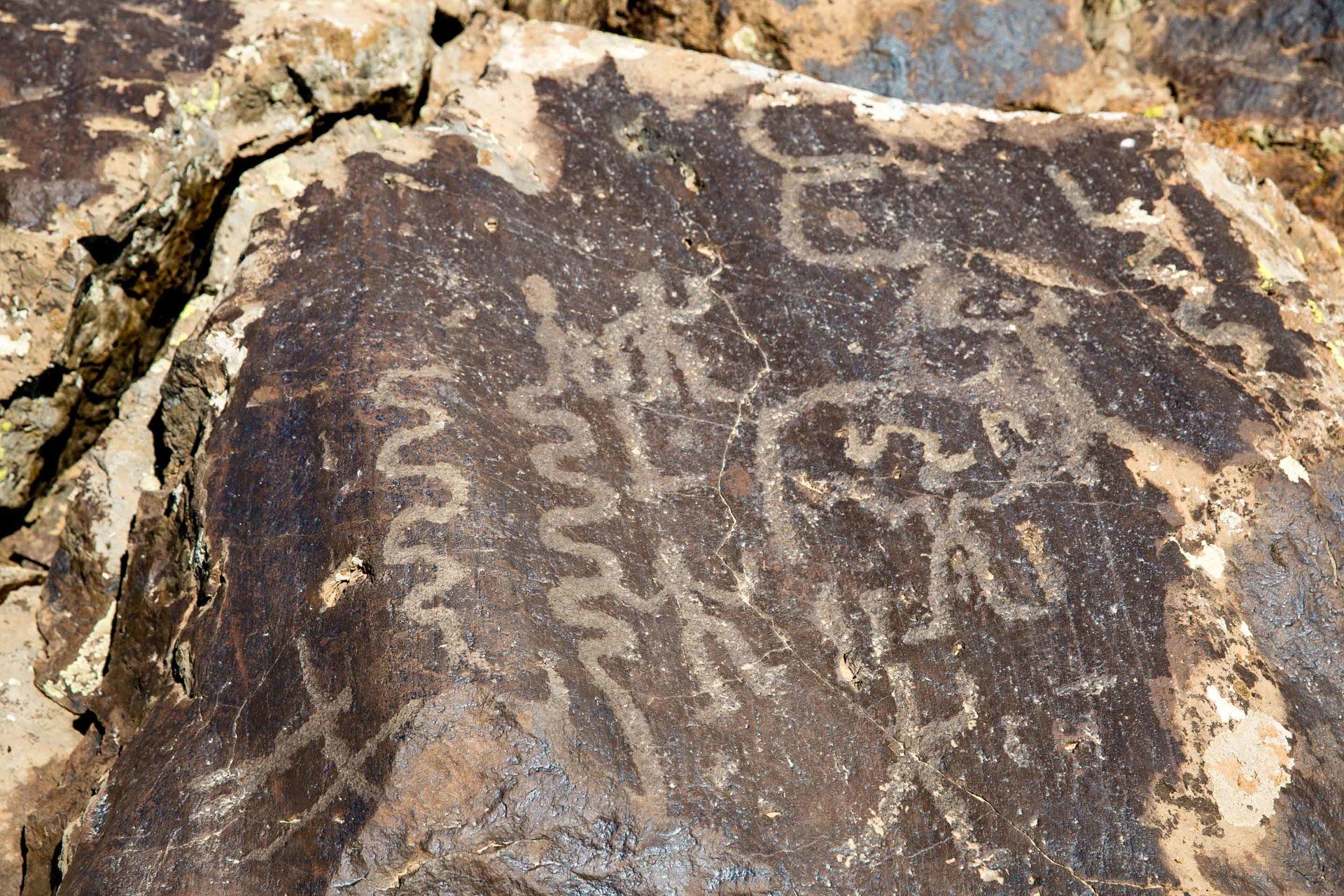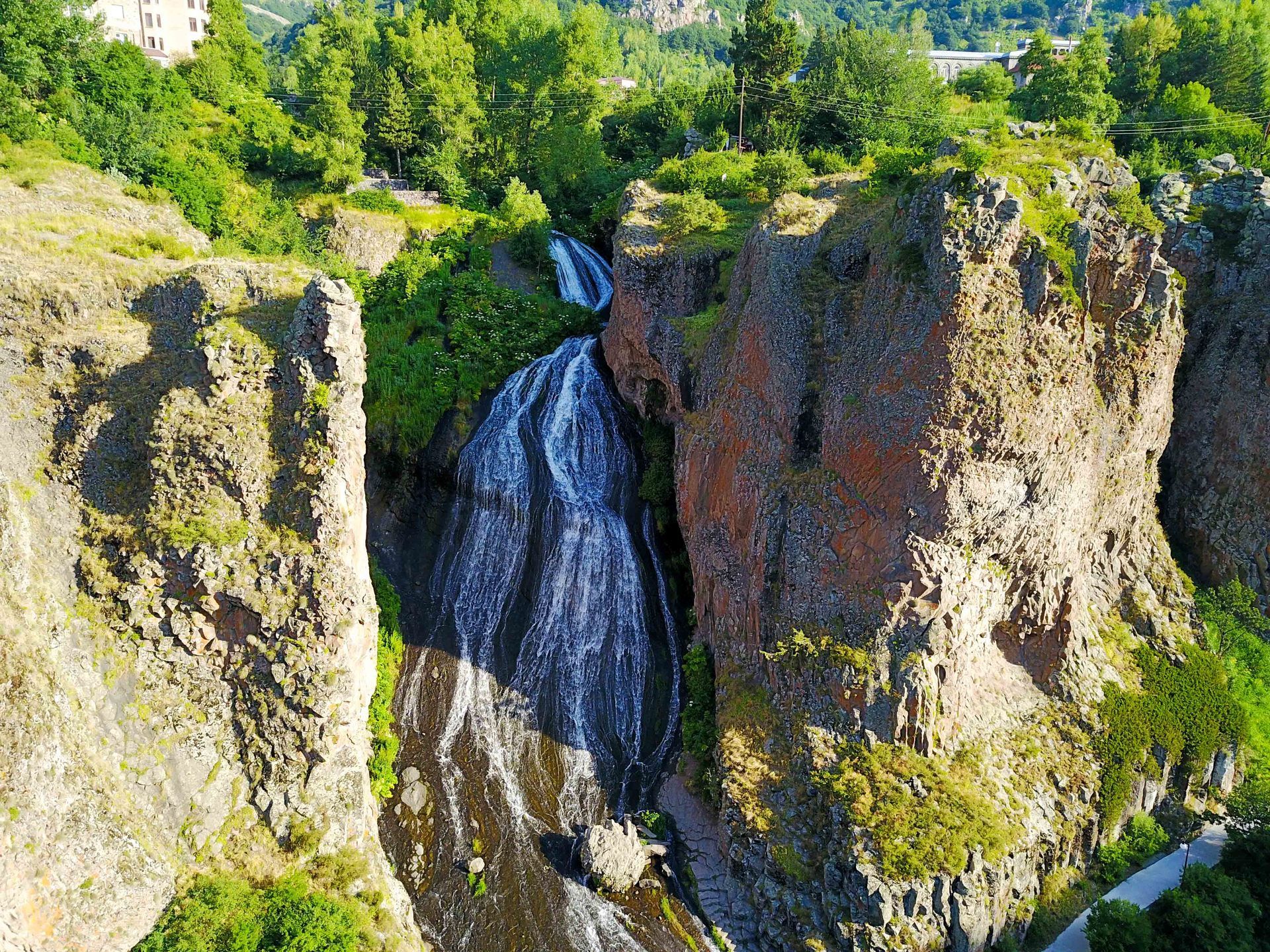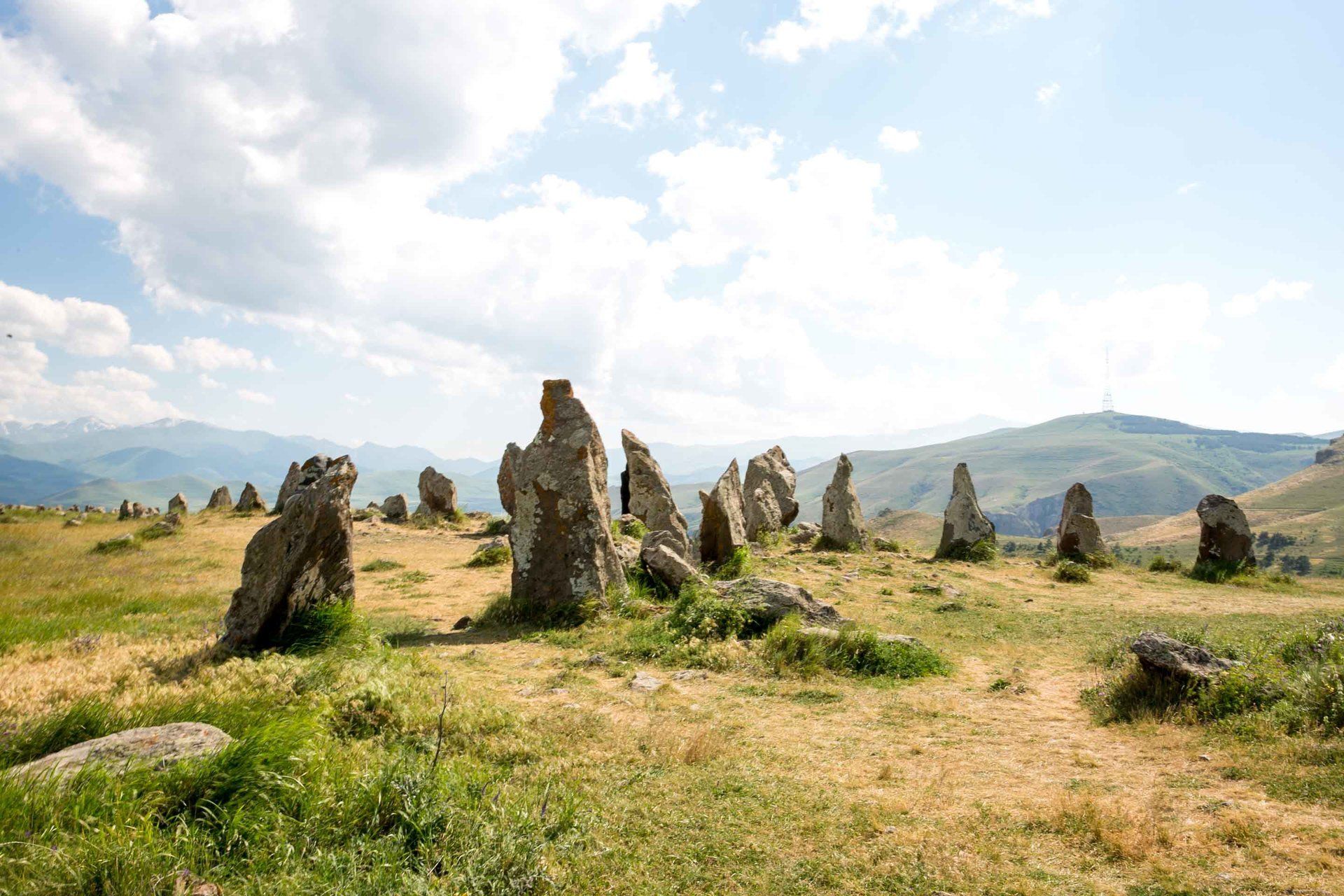St. Mesrop Mashtots Cathedral: The Creator of the Armenian Alphabet
- By Thong Do
- •
- 28 Aug, 2016
- •
One of the most interesting places you have to visit while in Armenia is in a small village called Oshakan in the Aragatsotn Province. Roughly 30 kilometers outside of the capital, Yerevan, you come to the Saint Mesrop Mashtots Cathedral. The historical and cultural significance of this place is that it was the final resting place of the man who created the Armenian language and helped solidify the Armenian national identity.
During the 4th century, Armenia was caught between two very large empires: The Romans and the Persians. The need to distinguish themselves from the others was important and in 405 AD Mesrop created the Armenian alphabet. This helped unify the people and helped distinguish Armenia as a Christian nation. There were originally 36 letters to the Armenian alphabet but today there are 39.
The construction of St.Mesrop Mashtots Cathedral was completed in1879 by Catholicos Gevork IV of Armenia. It replaced an old chapel built by Prince Vahan Amatouni in 443 AD.
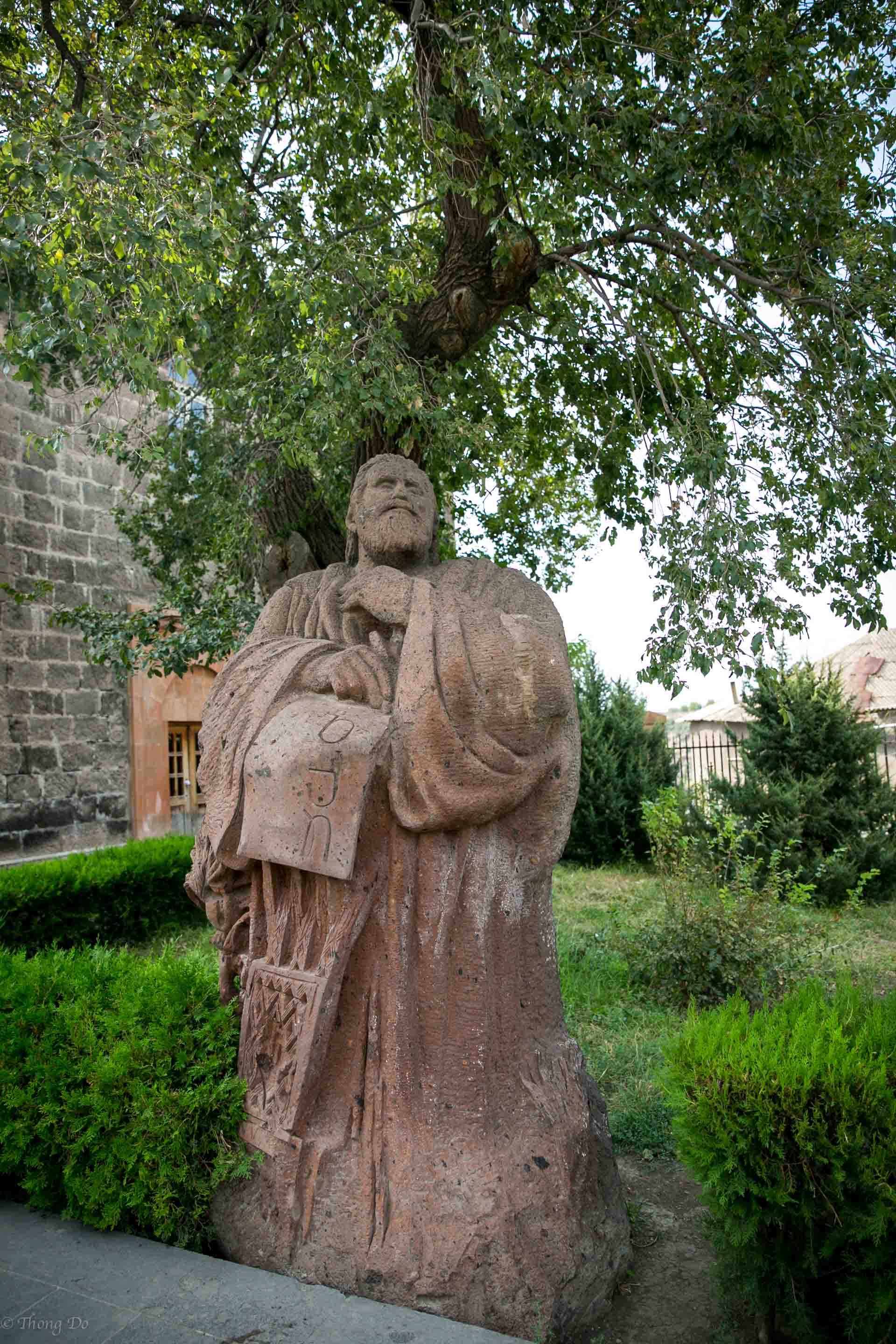
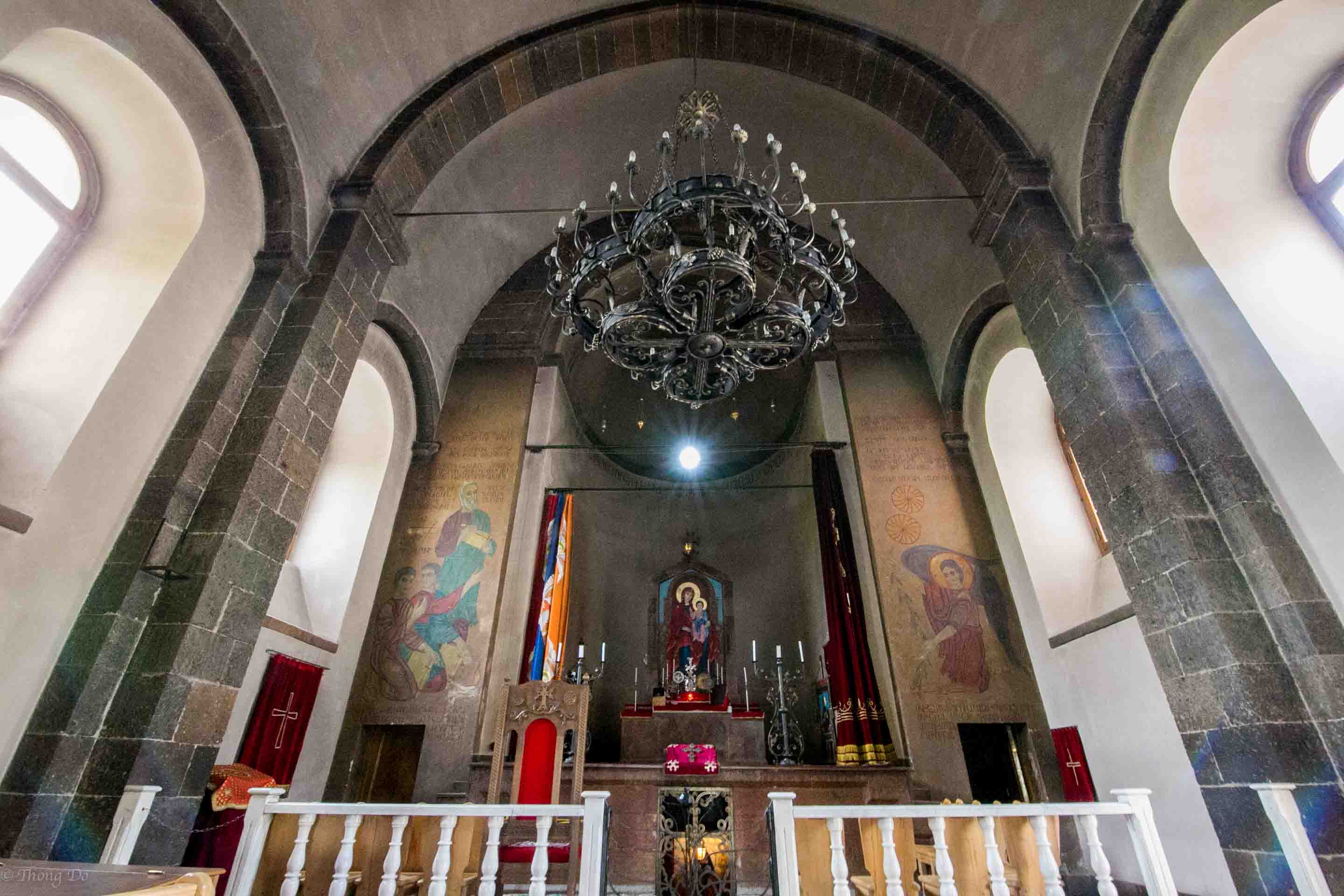
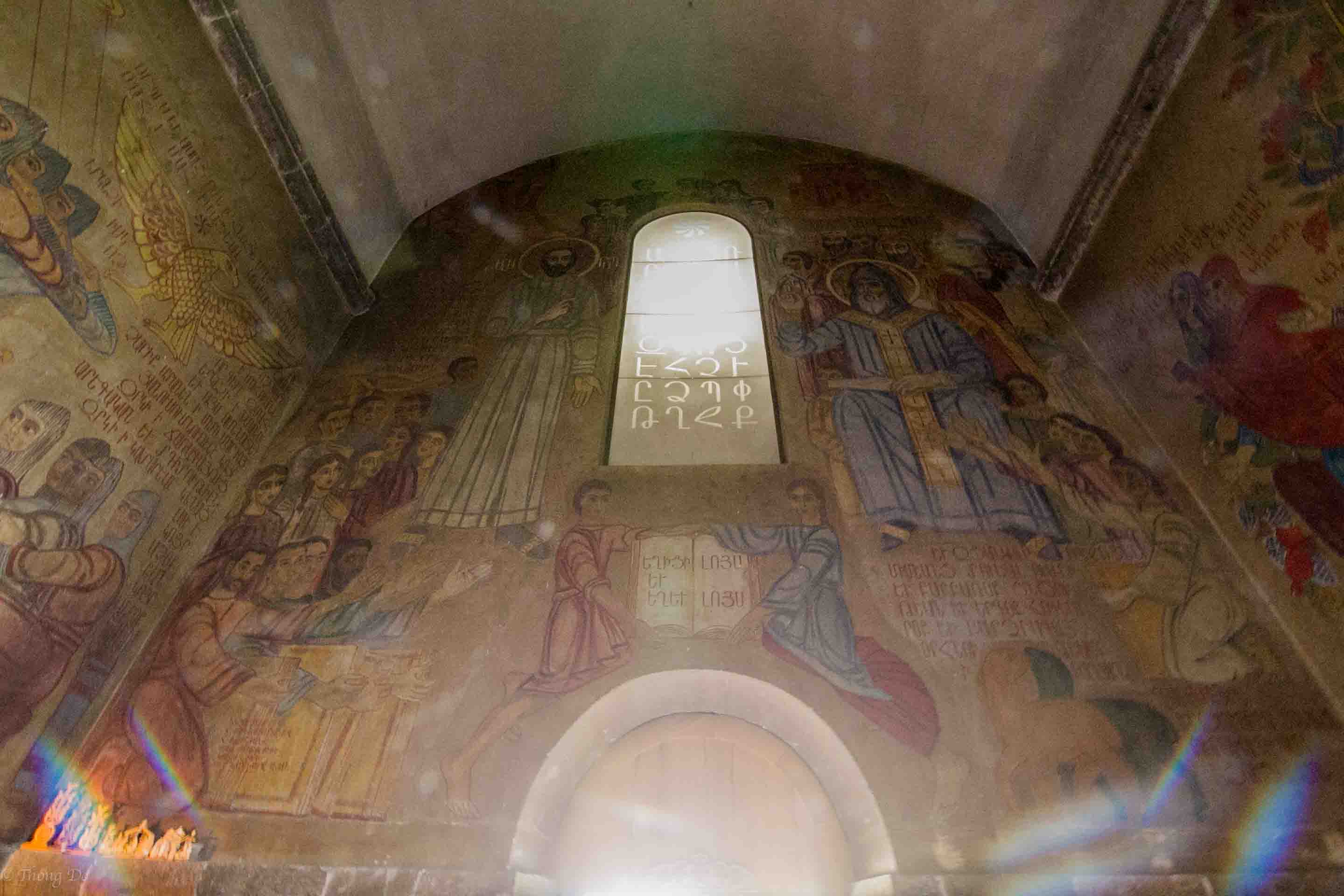
Once you enter the grounds of the cathedral you’ll notice an 8 foot (or 2.4 meter) larger than life statue of St. Mesrop Mashtots off to the side. Straight ahead you see the main entrance doors of the cathedral. Right from the beginning you see an example of Armenian carpentry skills. The attention to detail is apparent and here you can see the Armenian alphabet inscribed in the wood.
Once inside you immediately take notice of the high ceilings and artwork and writings on the walls. Off to sides are places you can light a candle and offer a prayer. Turn around and right above the entrance door you can see the Armenian alphabets carved in the stone too. During the daylight hours, the sun seeps through the cracks and gives the characters a glowing effect.
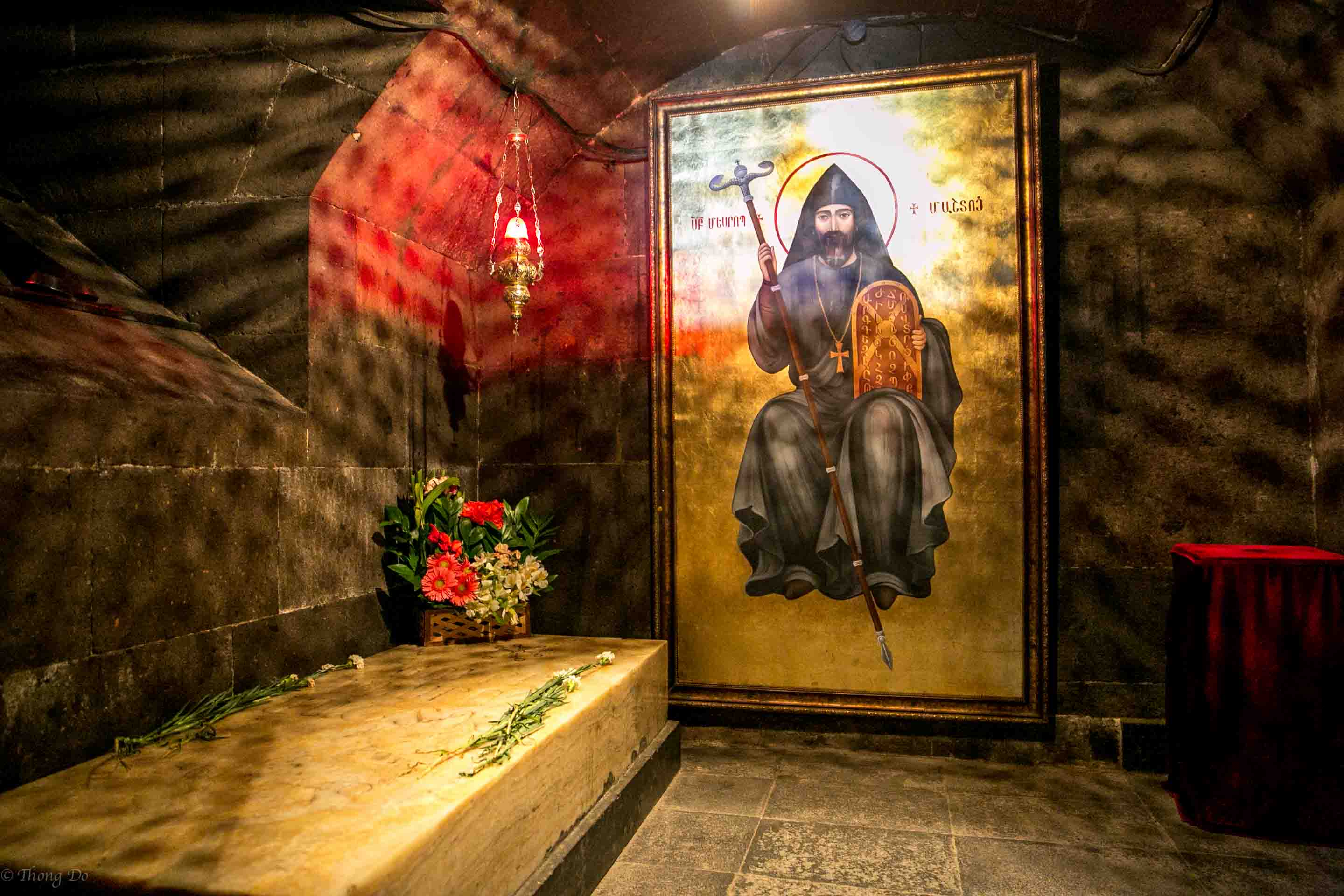
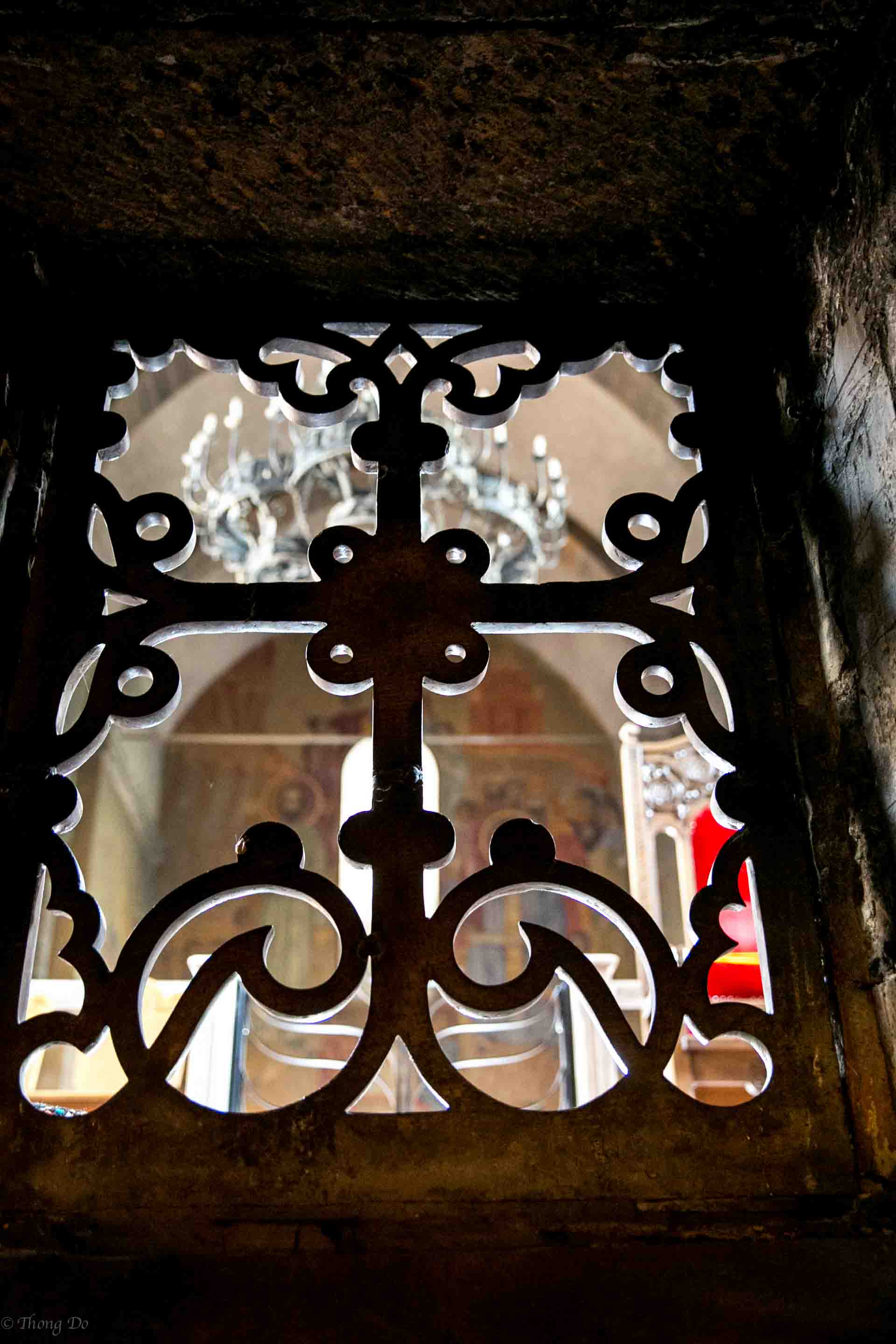
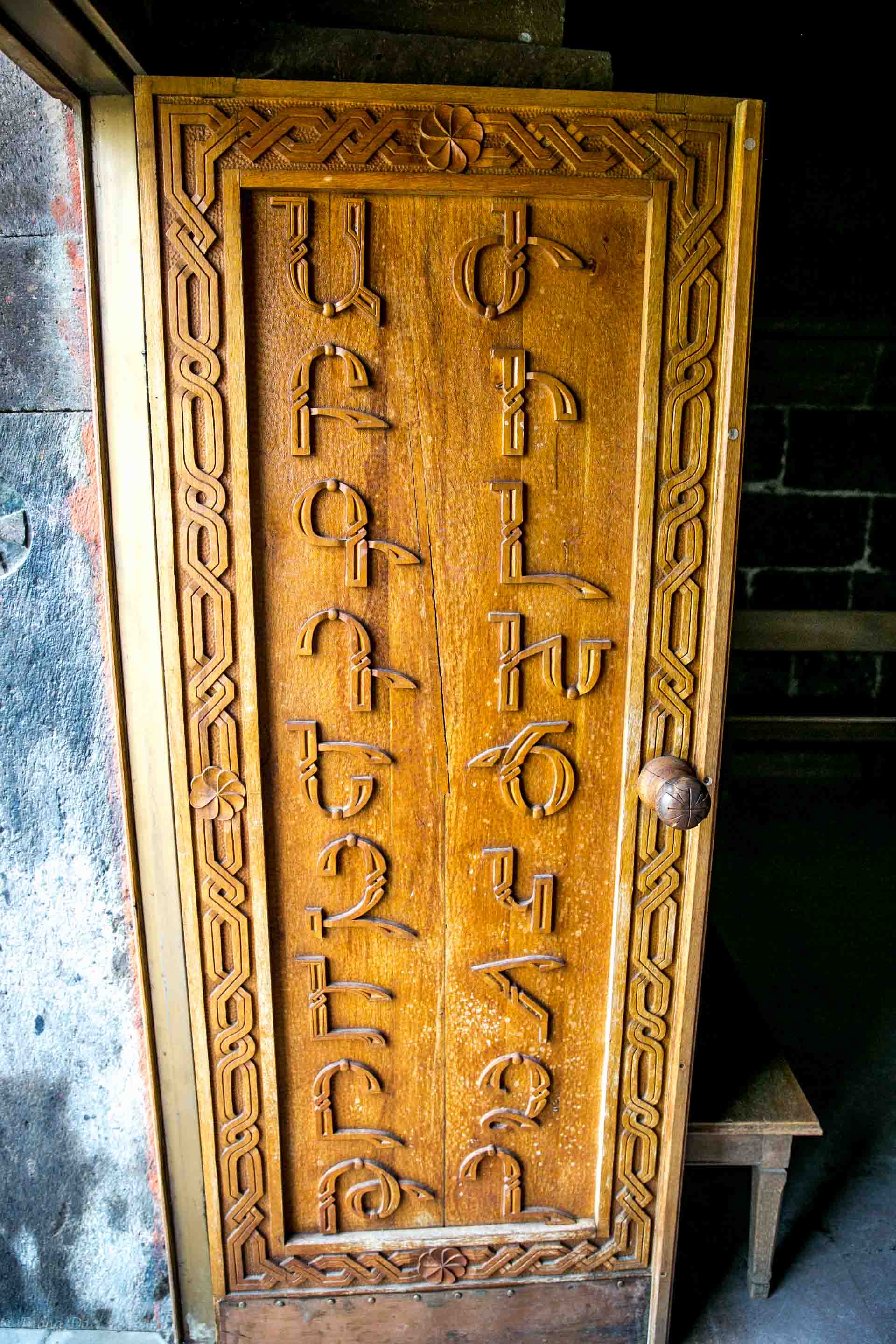
Walk towards the right hand side of the church and then you enter the room where St. Mesrop Mashtots is buried. Right besides his tomb is large painting of him. A tiny window from the tomb room offers you a small glimpse into the main cathedral hall.
Once you go outside, you are able to see the main highlights next to the cathedral. Underneath the trees you come to the courtyard of khachkars. Kachkars are cross stones and there are 36 of them here. They are meticulously carved in the shape of each Armenia alphabet and the attention to detail is amazing.
The cost of admission is free and this place is a great place to start to understand the history and culture of Armenia.
Happy traveling.
